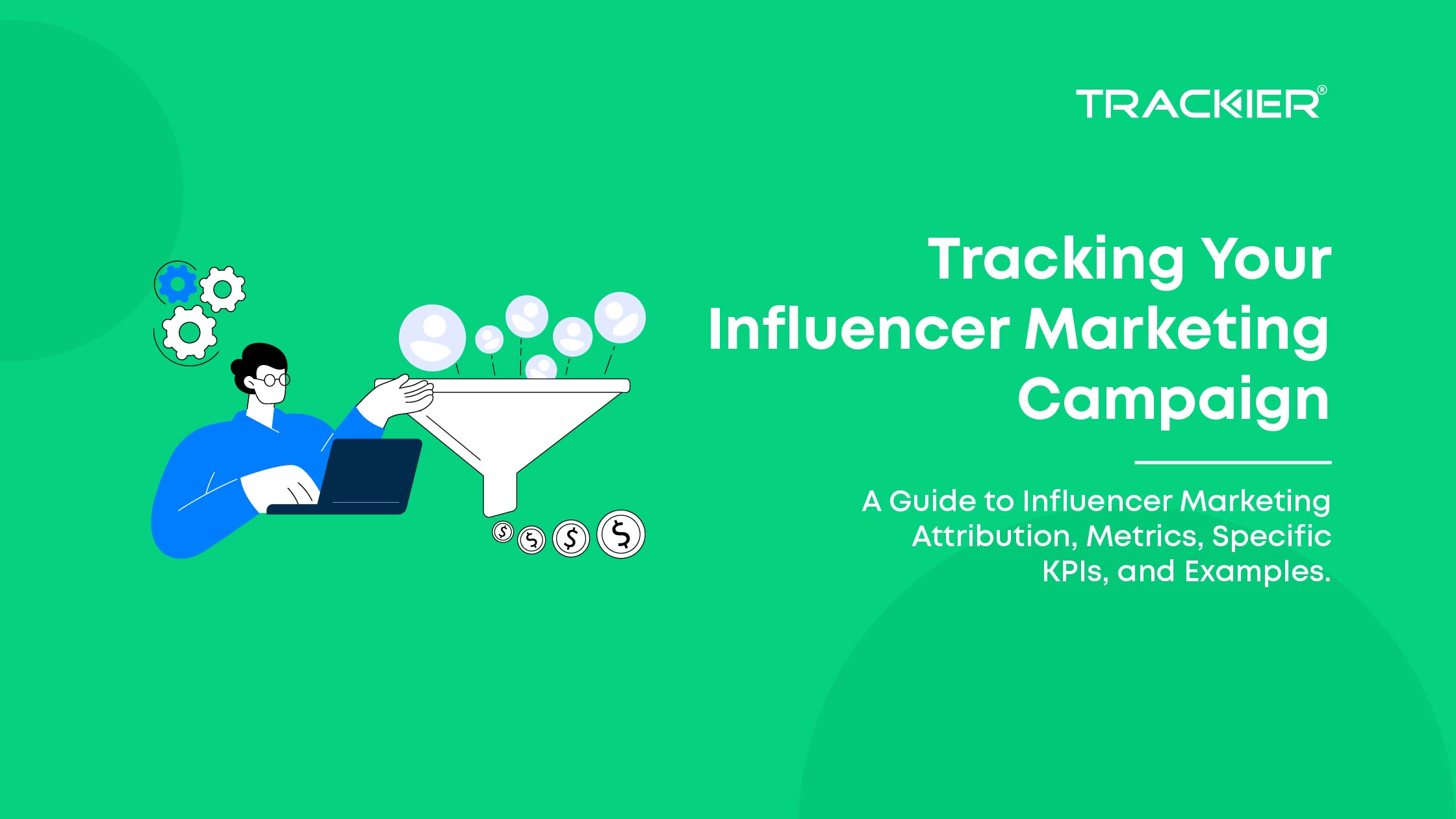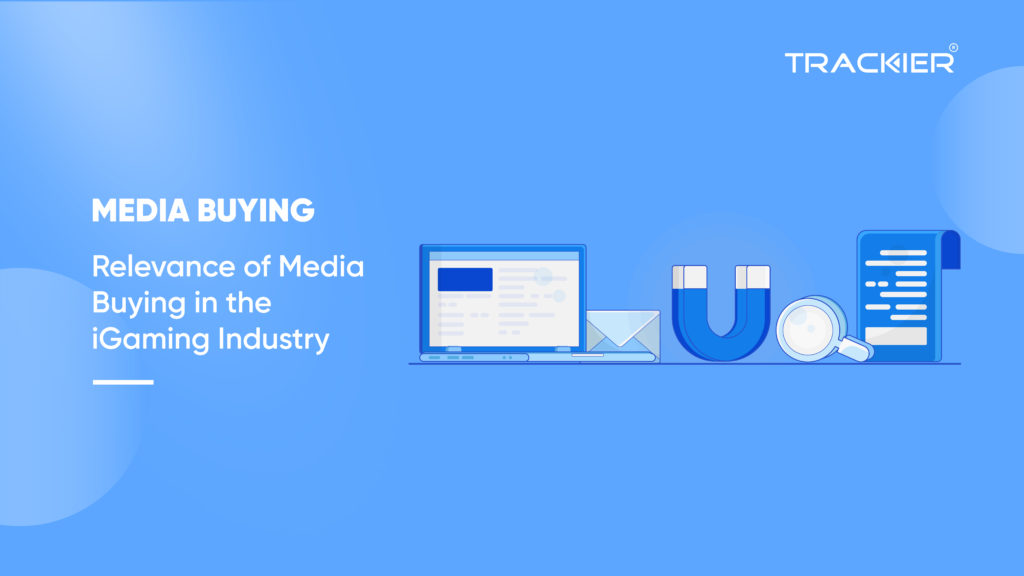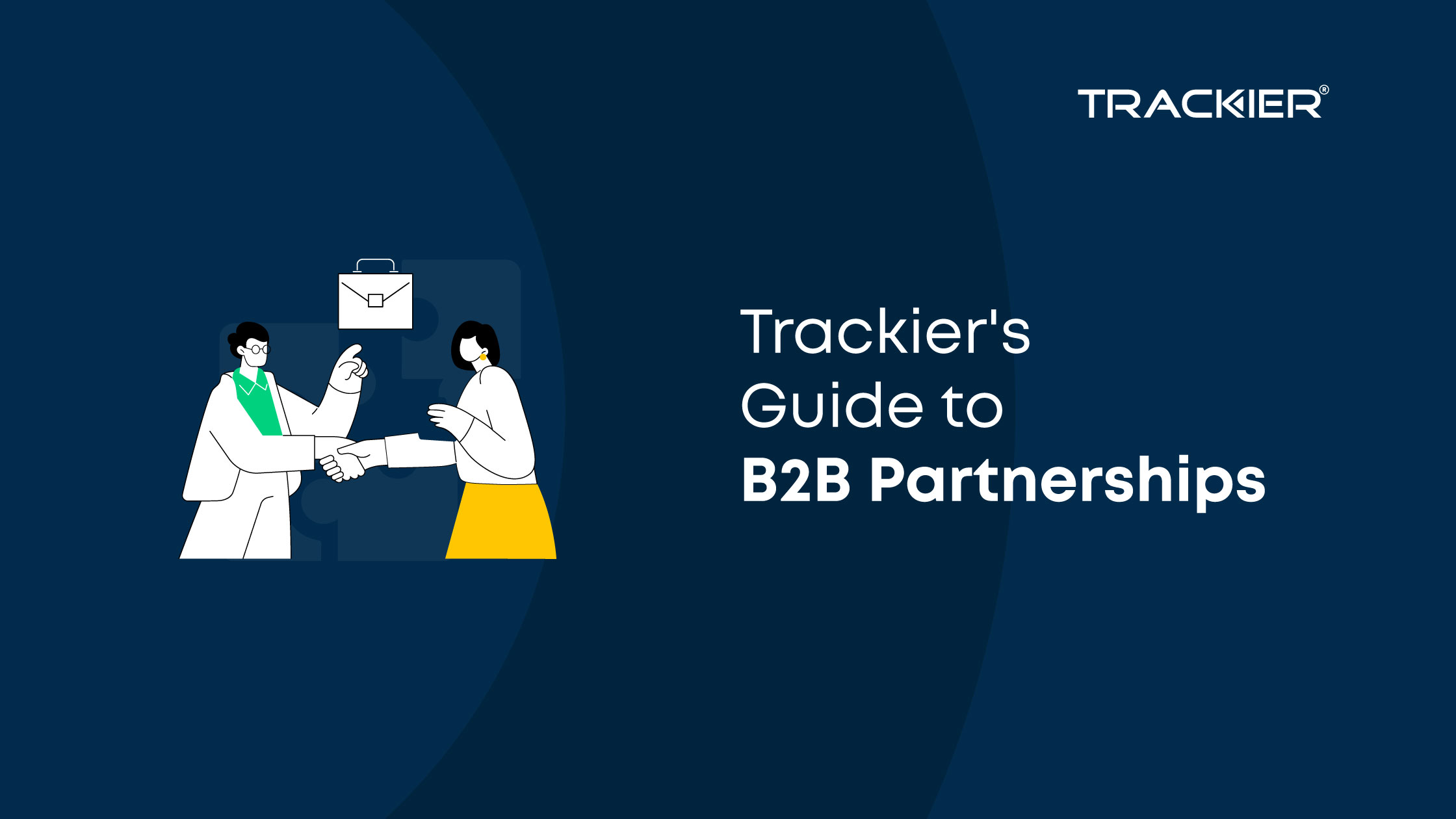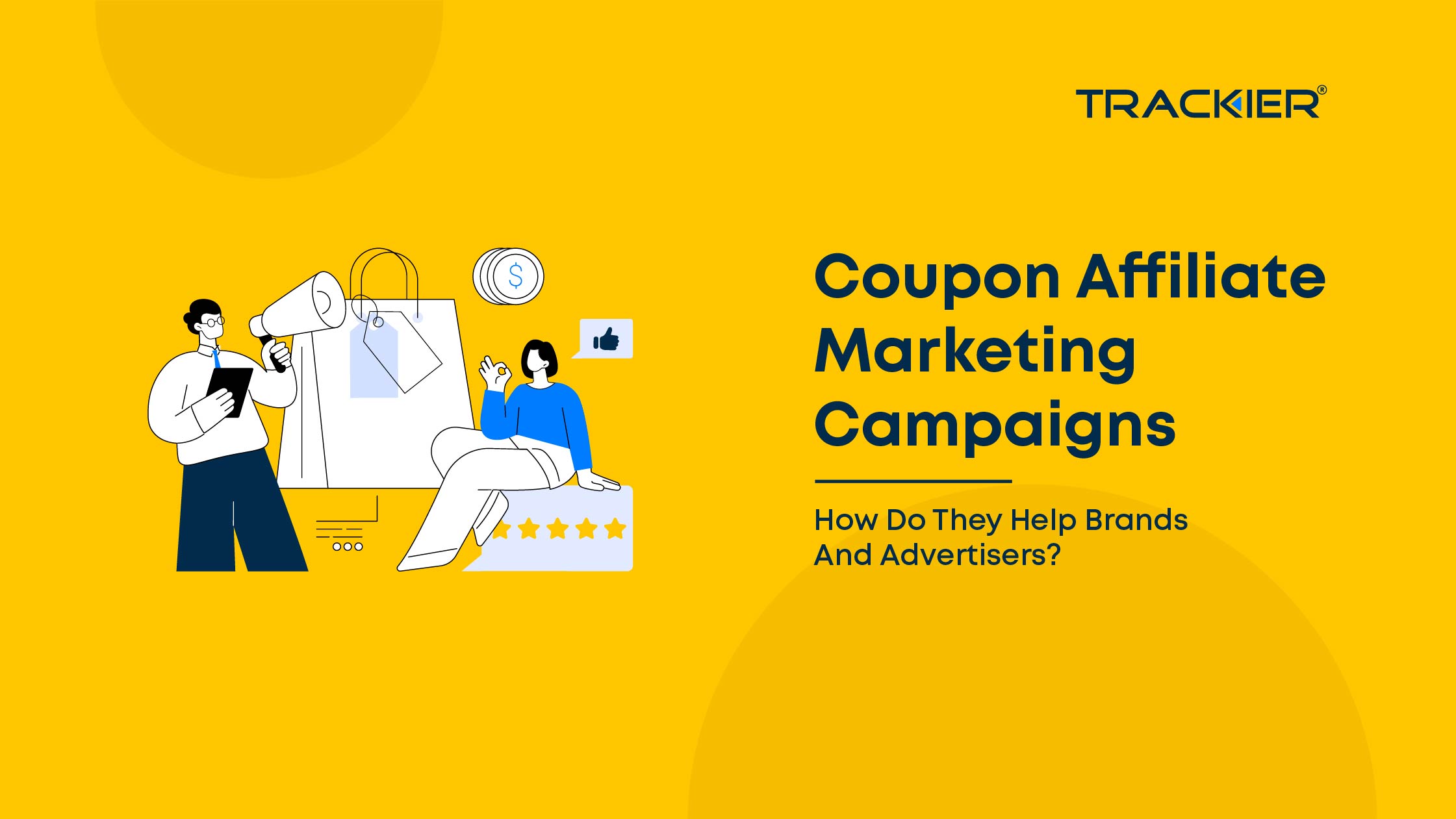Not all marketing requires quirky slogans. Some require a deeper connection with your audience that resonates with your vision at the right time and for the right price. In the endeavor of reaching the right audience, most brands do paid advertising i.e, Media Buying. In this blog we’ll talk about Media buying, the difference between media buying and media planning, models of media buying, and the importance of media buying in the iGaming industry.
What is Media Buying?
Media buying plays a key role in paid marketing and nurturing your audience by feeding information at the right place and time. It is a process of identifying and purchasing ad spaces relevant to the targeted audience at the right time and for the right price.
It is relevant in both traditional marketing channels such as television, radio, and print media, as well as in digital marketing channels such as social media, websites, and streaming platforms.
An effective media buying strategy can result in immense exposure to the target audience at a lower budget ad spending.
Difference between media buying and media planning
Media Planning
Media planning is all about establishing an audience, conducting market research, deciding on a budget, and setting up attainable goals.
Media Planners analyze who the target audience is for their business, the channels that the audience uses, observe at what time they use these channels and the kind of content are they likely to engage with. They communicate with their clients to attain all this information and then select which channel they want to buy ad space on for the right price.
Media Buying
After establishing a media plan, media buyers coordinate with sales/account executives of the media brand, who are responsible for finding relevant advertisers and negotiating placement, time, and cost.
Types of Media Buying
In Media Buying, media plans can be executed in three ways:
- Manual Bidding: Bidding and purchasing ad space within an ad platform.
- Direct Buy: To buy and sell digital ads by negotiating ad rates and run-times with the advertiser
- Programmatic Buy: Purchasing ads directly with a specific channel or publisher by real-time bidding driven by Automation and AI.
Manual Bidding and Direct Buying are traditional approaches to media buying, whereas Programmatic Buying is an automated form of media buying. The right mix of these media buying methods is essential for advertisers to achieve the campaign goals effectively.
The Importance of Media Buying in iGaming Marketing and Brand Awareness
In recent times, there has been an increasing trend of acquisitions and mergers in the iGaming affiliate sector. According to a report by Admix, over 81% of media buyers will maintain or increase in-game advertising expenditure in the next 12 months, and more than 83% taking a keen interest in this format by 2025.
As per Income Access data, about 5% to 10% of consumers who have engaged with an iGaming brand’s site, are more likely to convert than a user unfamiliar with the offering, which demonstrates the power of retargeted media buys in acquisition efforts.
Programmatic media buyers allow iGaming partners to enhance their acquisition and retention rates through various media buying channels.
Nonetheless, it does not completely eliminate the traditional direct media buyers as they offer a more personalized approach to media buying and affiliate marketing.
Automated Advertising
Direct media buyers and the use of ad networks to advertise on high-traffic websites have been insignificant in creating brand awareness and prospecting new partners and clients, since the inception of the iGaming industry.
But the major concern with Direct Media Buys is its cost-effectiveness as an acquisition tool as compared to Programmatic Buys.
Programmatic media buying is all about Sophisticated ad targeting. It is a highly automated approach to online advertising, where software and data are efficiently used on consumers to organize the media buying processes.
Programmatic media buyers are connected to data exchanges and ad exchanges through Demand-Side Platforms (DSPs), where they can purchase various highly targeted ad spaces in real-time.
The bidding takes place in real-time and where advertisers bid on ad spaces on an impression-by impression basis. The whole bidding is finished within seconds. This media buying method allows advertisers to focus more on targeting players directly.
Fundamentally, there are six different types of media buying models: CPM (Cost per Mile), CPC (Cost per Click), CPI (Cost per Impression), CPL (Cost per Lead), CPA (Cost per Acquisition), and CPS (Cost per Sale).
The primary pricing model used here is CPM (Cost per Mile), which means that advertisers pay for impressions rather than converting players. The alternative model of CPM is CPC (Cost per Click), where advertisers pay for actual click-throughs rather than per 1,000-page impressions. It is more cost-effective as an acquisition tool than CPM, yet it doesn’t guarantee conversions.
Google recently stated that Click-Through Rates (CTRs) have been low for display ads targeting the UK and the EU in the iGaming Gambling sector.
iGaming acquisition managers can improve CTRs with the help of visually engaging creatives, use of call-to-actions, and bonus offers, which can help in getting higher conversions for their campaign.
One can also focus on rich media such as videos, which have higher CTRs than conventional display ads.
On top of all this, advertisers need to keep in mind that they are targeting these campaigns to the right audience.
Affiliate Marketing and Conventional Media Buying
Of course, programmatic advertising has surely hampered the traditional ways of media buying, but is the relevance of manual bidding and direct marketing still in question?
Indeed there are flaws in the programmatic approach to media buying, such as the risk of buying fraudulent traffic, which has been significantly countered by the growing popularity of premium automated media buying.
But we need to keep in mind that iGaming is an industry whose growth has been dependent on personal relationships between advertisers and publishers.
Recently, established webpages that specialize in providing sports, online gaming, and gambling content are now experienced online media brands. This allows such media brands to charge high CPMs for their ad space.
Operators, in an attempt to make their advertising efforts cost-effective choose to use a mixed approach by allocating a certain amount of their advertising campaign expenditure for traditional media buying along with automated programmatic buying.
Affiliate marketing’s advertising model remains to be a key element of this mixed approach because of its CPA(Cost per Acquisition) model or revenue share model where brands/operators only compensate affiliates for acquired customers. It surely makes Affiliate marketing a cost-effective model but is nowhere compared to a high-traffic inducing media brand that offers CPM.
Check out our Affiliate marketing tracking software for an in-depth analysis of your ad campaigns.
Affiliate marketing and both media buying plans, traditional and programmatic have their own pros and cons. But what an upcoming brand would think is to use a mixed strategy to yield better conversion results.
As for whether programmatic buying will dominate over traditional direct media buying, Magna Global predicts that it will be a dominant advertising approach as a big factor will be the impact on acquisition and retention by using the automated technology.
Final Thoughts
Media buying is indeed an important and extensive process for your marketing efforts. It does involve a certain amount of trial and error for a marketer to maintain optimal ad placement throughout a campaign. The key is to implement media buying strategies and negotiation tactics, in order to be consistent with advertising.
Although display ads and media buying remain to be a primary focus for iGaming brands, they can still explore their options of targeted ads on social media such as Facebook and Twitter.
As for the relevance it has on the iGaming Industry, it is tremendous. The gaming industry is young and has a lot of potentials to grow. Despite that, most advertisers are still failing to grasp the sheer size and nature of the opportunity that iGaming industry can offer. A lack of understanding and knowledge remains the greatest hurdle in the adoption of the iGaming industry.
If you are an iGaming brand, you can partner with Trackier for comprehensive multi-channel tracking and analytics built for the iGaming, casino, and betting industries. Check out our free trial.


